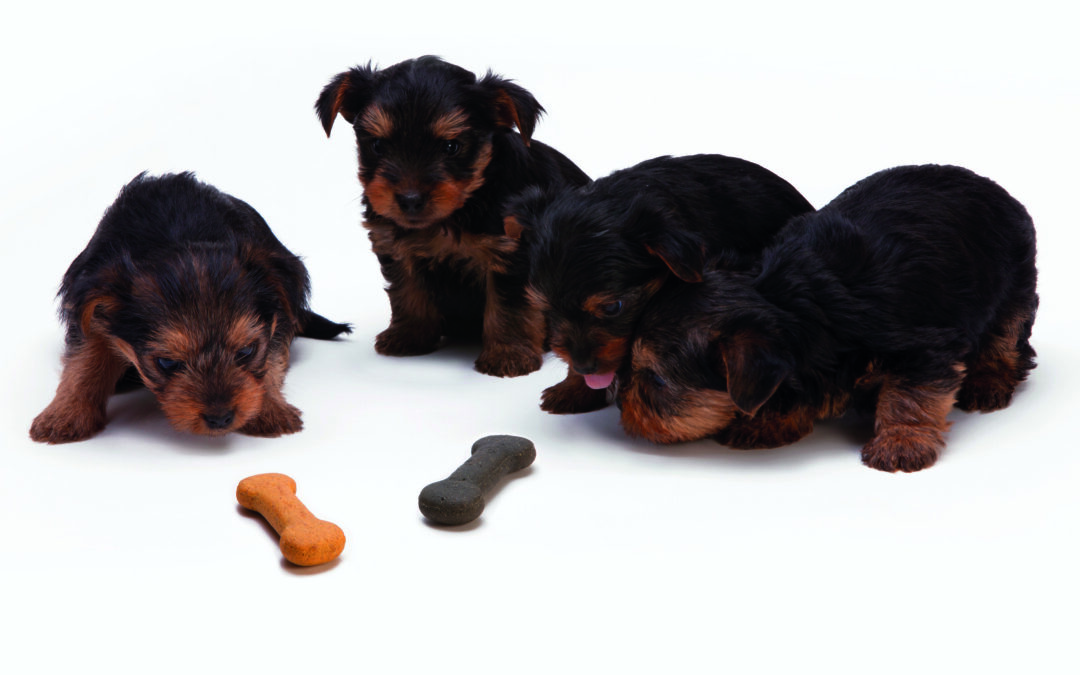In 1963 psychologist Glen Jensen made a surprising discovery; rats, given the option of free food or food they had to work for opted for the latter. The phenomenon called contrafreeloading was to become the foundation for the recognition and gradual introduction of food enrichment to improve the lives of zoo and farm animals.
A key consideration was to take species specific behaviours into account, recognising that different animals have unique foraging or hunting behaviours. Varying presentation of food or another valued resource, getting the animal to work for it, would prompt the animal to engage its species specific foraging or hunting behaviour. Jensen’s findings have been validated by similar studies across a range of other species, including fish, birds, and primates.
Domestic dogs are no exception and we will come to that in a moment. There is however one animal that some studies suggest may buck the trend and that is the domestic cat. That is not to say that your puss will not benefit from games that allow it to express hunting behaviours but given the choice of a bowl of food or having to find cat biscuits around the room, your cat will generally choose the former. Recent advice suggests that offering cats a choice, to work for part of their food may be a good option.
Dogs are a different matter. The cat is an obligate carnivore, its a hunter not a forager and its hunting style is to watch, wait, stalk and catch with a short burst of energy at the end. Dogs are opportunistic scavengers and are genetically set up to search and seek for extended periods. This is not just a matter of having superb physical adaptations that enable them to search for things, it is also a matter of brain chemistry. The act of snuffling around in anything from undergrowth to bins or even a snuffle mat, gives the dog a major dopamine hit. It is release of this hormone that keeps the dog focused on its mission and on task. Anticipation of reward is the driver.
What this means for the average dog owner or indeed pet owner of anything other than a cat, is to start to think about how you can make feeding more interesting, and tap into enrichment activities that are closest to the animal’s natural foraging style. Where dogs are concerned, look at a mix of snuffle mats, puzzle feeders, Kongs, and reconstituted bones. An easy approach is to scatter feed, so your dog must find and work for every mouthful. All this amounts to is chucking kibble or treats over and indoor or outdoor surface and let your dog do the finding and ‘hoovering’.
There is no need to invest in expensive purchases, placing food into screwed up paper bags, newspaper or even small carboard boxes can work well. Ensure that anything the dog does break up is not harmful if ingested. Kongs are also great but be careful they are robust enough for your dog’s jaw strength and check regularly for damage.
It is impossible to overstate the benefits associated with contrafreeloading. Your dog will be much less bored, confidence is increased as searching and finding resources gives the animal a sense of agency and achievement, and anxiety is reduced. However, be sure to start at a simple level the dog can cope with and build up to more difficult searching tasks. Ring the changes, do not only use a Kong day in day out. Mix up the challenges and tasks.
Leonie St Clair | www.londondogstraining.co.uk

